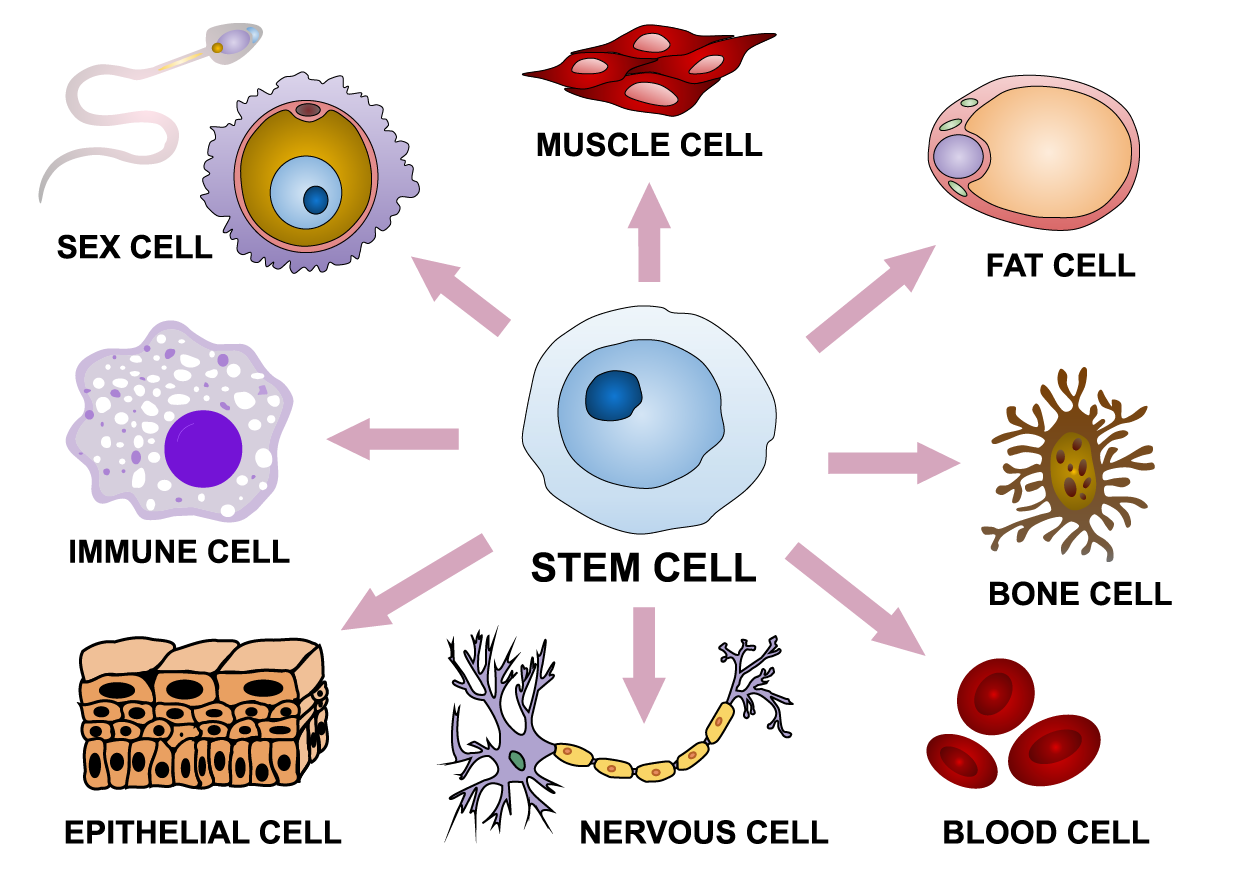What’s the Key to Healthy Aging? Stem Cell Activation could be it!
As our body ages, the number of stem cells decreases drastically. With less circulating stem cells, fewer stem cells are available to migrate into damaged tissues to aid the renewal process. Hence as we age, we face an increasingly high chance of experiencing a decline in health.
"Stem cells serve as a sort of internal repair system, with the potential to become another type of cell with a more specialized function such as a muscle cell, a red blood cell, or a brain cell."
National Institutes of Health (NIH)
CyanthOx™ has been clinically proven to help trigger stem cell release and increases the number of circulating stem cells in the blood circulation by nearly 40% (Drapeau et al, 2019).
When there are more stem cells in circulation, the additional stem cells are available to support our tissue repair. Hence, by releasing one’s stem cells, CyanthOx™ increases the body’s ability to renew and repair tissues and organs.
Various studies have also reported the link between a lower number of circulating stem cells and the development of degenerative health problems. Therefore, daily stem cell support helps regain and maintain optimal health.
Featured Ingredient
Effective at a dose of 187.5 mg per day; CyanthOx™ is the innovative, natural key to heathy aging.
Learn More >>
Available as an ingredient & OEM hard capsule, tablet & stick pack.
This ingredient is certified with:
Reference
Drapeau, C., Benson, K., and Jensen, G. (2019). Rapid and selective mobilization of specific stem cell types after consumption of a polyphenol-rich extract from sea buckthorn berries (Hippophae) in healthy human subjects. Clinical Interventions in Aging, [online] Volume 14, pp.253-263.
2019. Stem Cell Differentiation Into Various Tissue Types. [image] Available at: <https://commons.wikimedia.org/wiki/File:Final_stem_cell_differentiation_(1).svg> [Accessed 19 May 2020].




